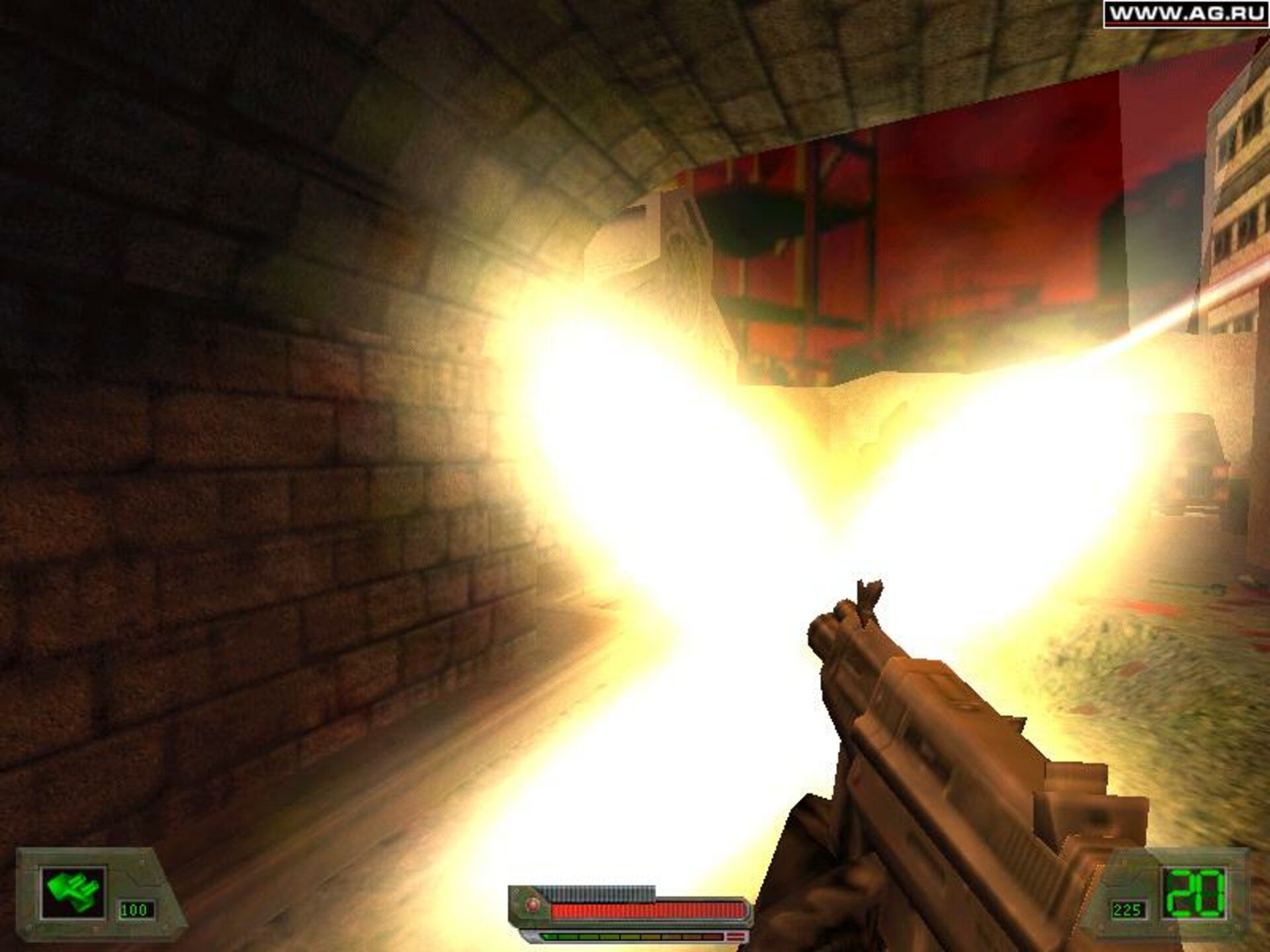

The AKM's receiver is stamped from a smooth 1.0 mm (0.04 in) sheet of steel, compared with the AK-47 where the receiver was machined from heavier gauge steel. The AK-47's chrome-lined barrel was retained, a common feature of Soviet weapons which resists wear and corrosion, particularly under harsh field conditions and near-universal Eastern Bloc use of corrosively primed ammunition. As a result of these modifications, the AKM's weight was reduced by ≈ 1 kg (2.2 lb), the accuracy during automatic fire was increased and several reliability issues were addressed. Notably, the AK-47's milled steel receiver was replaced by a U-shaped steel stamping. The AKMS (top) compared to an AK-47 (bottom)Ĭompared with the AK-47, the AKM features detail improvements and enhancements that optimized the rifle for mass production some parts and assemblies were conceived using simplified manufacturing methods. The GRAU officially designated the AKM as the 6P1 assault rifle. Despite being replaced in the late 1970s by the AK-74, the AKM is still in service in some Russian Army reserve and second-line units and several east European countries. The bolt carrier rides on the two rails, formed on the side of the receiver, with a significant space between the moving and stationary parts. The gas chamber is located above the barrel. The gas operated action has a large bolt carrier with a permanently attached long stroke gas piston. It is a selective fire, gas operated with a rotating bolt, firing in either semi-automatic or fully automatic, and has a cyclic rate of fire of around 600 rounds per minute (RPM).

The AKM is an assault rifle chambered in 7.62×39mm Soviet intermediate cartridge. Like the AK-47, many variants of the AKM exist such as the AKMS, AKML, and AKMP. The AKM maintains the AK-47's wood stock, but has simpler individual parts that are favorable for mass production. It was officially replaced in Soviet frontline service by the AK-74 in the late 1970s, but remains in use worldwide. The production of these rifles was carried out at both the Tula Arms Plant and Izhmash.
#Soldier of fortune 1 ojsc arms series#
Introduced into service with the Soviet Army in 1959, the AKM is the most prevalent variant of the entire AK series of firearms and it has found widespread use with most member states of the former Warsaw Pact and its African and Asian allies as well as being widely exported and produced in many other countries. It was developed as a replacement to the AK-47 introduced a decade prior. It is the most ubiquitous rifle of the Kalashnikov rifles. 'Kalashnikov's Automatic Rifle Modernised') is an assault rifle designed by Soviet small arms designer Mikhail Kalashnikov in 1959. Avtomát Kalášnikova modernizírovannyj, lit. Rear sight notch on sliding tangent, front post.


 0 kommentar(er)
0 kommentar(er)
